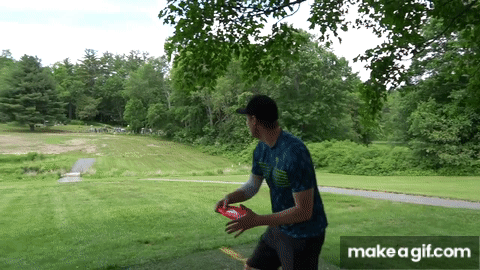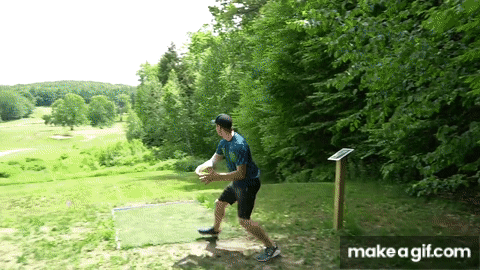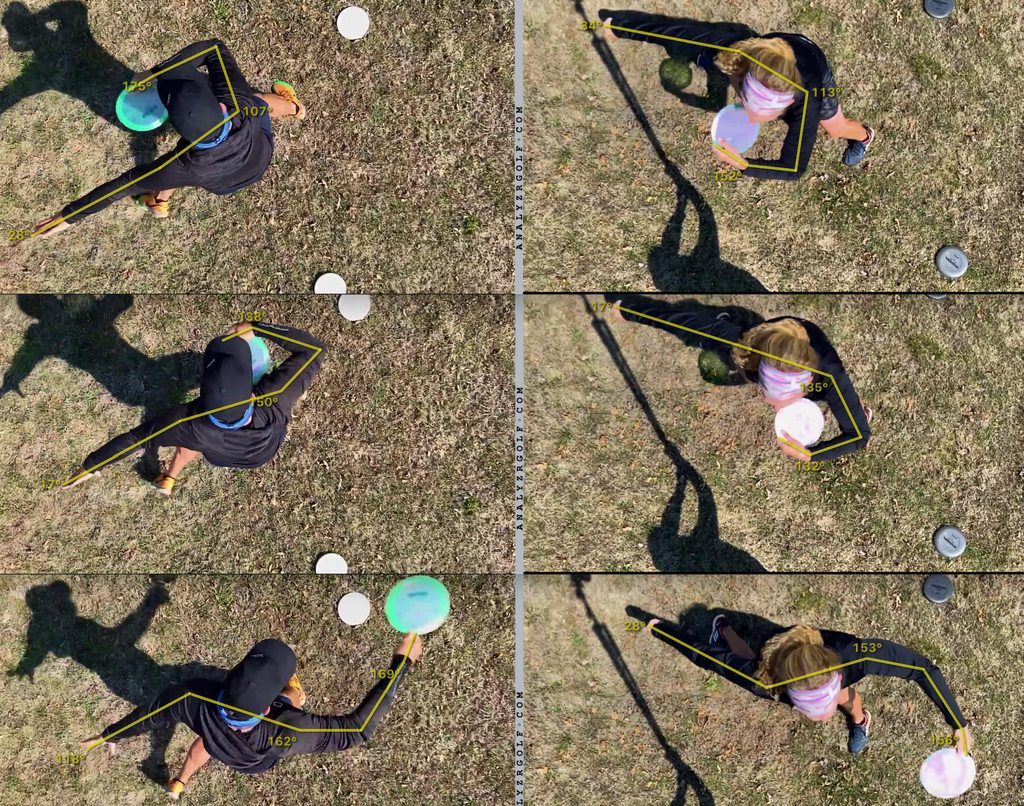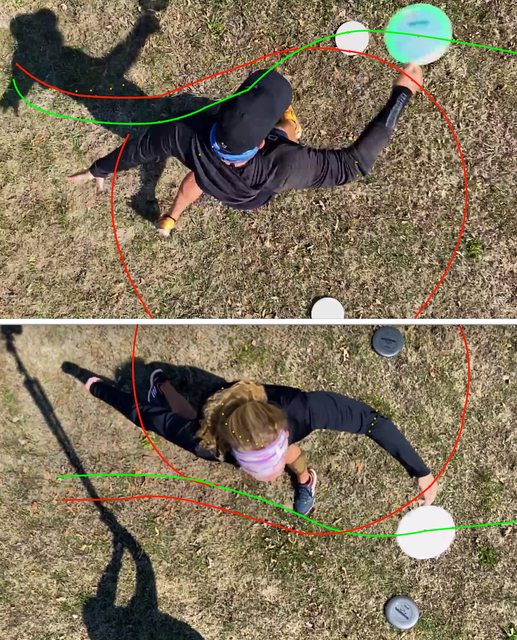Lastchancer88
Birdie Member
- Joined
- Aug 14, 2020
- Messages
- 324
So there are multiple older threads about the whip that feel fairly finished and I still wanna talk about it. Or hear it talked about. Either way... Here we have what I would say are two examples of the whip in all it's glory. I'm not an opponent to the reachback, but I think sometimes the "super full all the way reachback for max distance" is pushed a little too hard for people who clearly have much bigger issues. There's something to be said about putting more energy into an inefficient machine not helping etc. The whip allows for a very naturally balanced shot by keeping things more central and focusing on that redirection and disc pivot. Am I far enough down the rabbit hole yet? Here's Simon (of course) in his supposed powered down form.
First a control midrange shot with good distance for the effort exerted (granting it's also downhill). Notice the lack of a real reachback. His elbow/shoulders don't do any of the normal things we expect from form studies. Shoulders barely turn, elbow is never really backwards past body. His left arm kind snaps down to "base" the whip, and then it uncoils through to the disc from there. I would put money down that on this hole I would struggle to throw a mid to that basket and he's doing it with this upshot looking form:

And here used in a distance scenario. Longer more traditional reachback, but still very bent arm for most of it. Very similar in most ways to the shorter shot. He always emphasizes that slingshot idea and his arm clearly only spends a brief moment extended. You can see the wing drop and the disc come inwards towards the body before it's redirected outward. Still a good distance to exertion ratio:

The whip and power pocket correlate but are not the same and I think that's important to say. I can find stills of myself in the power pocket, but not getting the bonuses the whip gives because my arm releases on a shallower arc pulling the front of the disc without the good redirection/disc pivot boost. SW has definitely said all this before in multiple ways. The whip works more efficient/accurate if it's a wide/narrow/wide arc that the disc is redirected faster and more forcefully on. That is what I'm seeing here with Simon (GG, tons of others). Simon really drops that wing down at the start of the whip, bringing it in closer and then it redirects and moves away from the arm/body before release. Efficient and scalable.
full vid:
First a control midrange shot with good distance for the effort exerted (granting it's also downhill). Notice the lack of a real reachback. His elbow/shoulders don't do any of the normal things we expect from form studies. Shoulders barely turn, elbow is never really backwards past body. His left arm kind snaps down to "base" the whip, and then it uncoils through to the disc from there. I would put money down that on this hole I would struggle to throw a mid to that basket and he's doing it with this upshot looking form:

And here used in a distance scenario. Longer more traditional reachback, but still very bent arm for most of it. Very similar in most ways to the shorter shot. He always emphasizes that slingshot idea and his arm clearly only spends a brief moment extended. You can see the wing drop and the disc come inwards towards the body before it's redirected outward. Still a good distance to exertion ratio:

The whip and power pocket correlate but are not the same and I think that's important to say. I can find stills of myself in the power pocket, but not getting the bonuses the whip gives because my arm releases on a shallower arc pulling the front of the disc without the good redirection/disc pivot boost. SW has definitely said all this before in multiple ways. The whip works more efficient/accurate if it's a wide/narrow/wide arc that the disc is redirected faster and more forcefully on. That is what I'm seeing here with Simon (GG, tons of others). Simon really drops that wing down at the start of the whip, bringing it in closer and then it redirects and moves away from the arm/body before release. Efficient and scalable.
full vid:

